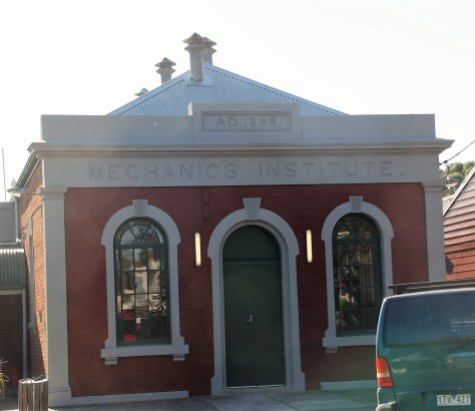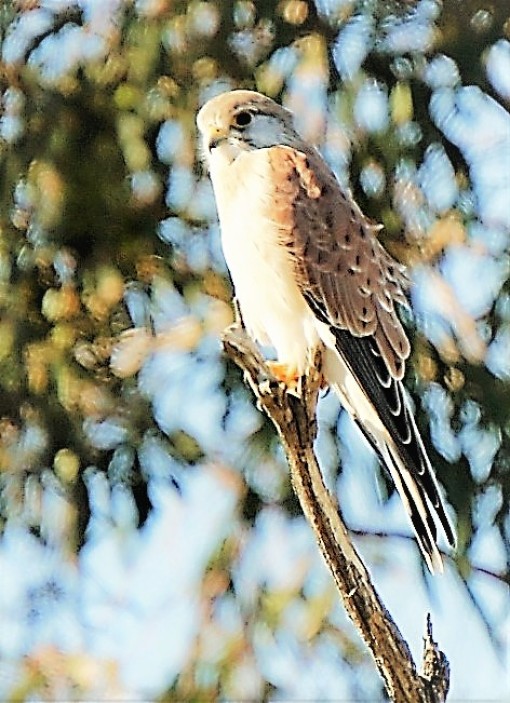
A number of things are plentiful around the goldfields, and probably they are linked: pubs, churches and mechanics’ institutes.
These Mechanics’ Institutes are in Castlemaine, Fryerstown, Kyneton, Newstead and Malmsbury. There were often Caroline Chisholm Shelters adjacent to the Mechanics’ Institutes.
There are though some excellent botanic gardens, planted generally in the 1860s. Kyneton, Malmsbury, Trentham and Wombat Hill (Daylesford) are all pretty impressive. Malmsbury has added an arboretum, which looks about 5 years old.
It seems that many water birds use the lakes as migration route. I saw Nankeen NIght Herons (which were too quick to photograph), little egrets, little pied cormorants, little black cormorants, white faced herons, australasian darters, intermediate egrets, and many random ducks and geese.
Little Black Cormorant
 Little Pied Cormorant
Little Pied Cormorant
 Australian Ibis
Australian Ibis
 Great Egret
Great Egret
 White-faced Heron
White-faced Heron
Great Cormorant
 Red Wattlebird
Red Wattlebird
 Yellow-faced Honeyeater
Yellow-faced Honeyeater
 Brown Falcon
Brown Falcon
 Nankeen Kestrel (juvenile)
Nankeen Kestrel (juvenile)
The random ducks and geese seemed likely to be e scaped cross breddomestic breeds. Many of the geese looked like they could lay an egg any second. That may explain why they were so unreasonably aggro.
and finally, the Great Egret clearly saw something funny in the whole thing.

On another matter, at Malmsbury one finds the finest keystone arch railway bridge in Australia. The keystone was placed on October 25, 1860 – a date more recognised by the birth in 1930 of a great Australian. It is 152 metres long – the bridge, not the keystone or the famous person; and it is made from locally mined bluestone; and it is clearly still used today.
 Michael Monaghan
Michael Monaghan














I thought your Australasian Darter could be a “Great Cormorant”. Darters have a long very sharp, pointy beak. This one seemed to be
LikeLike